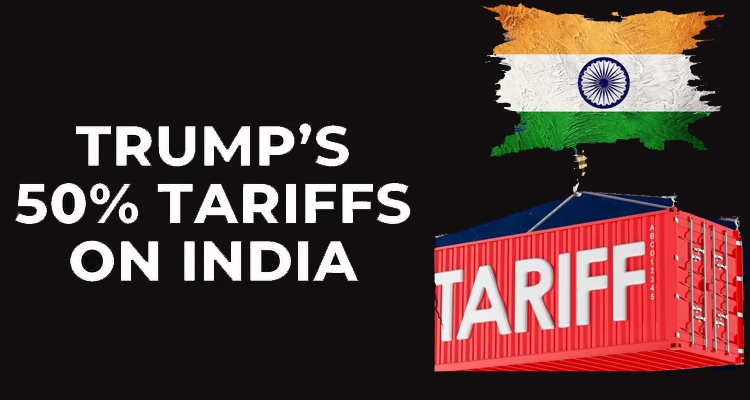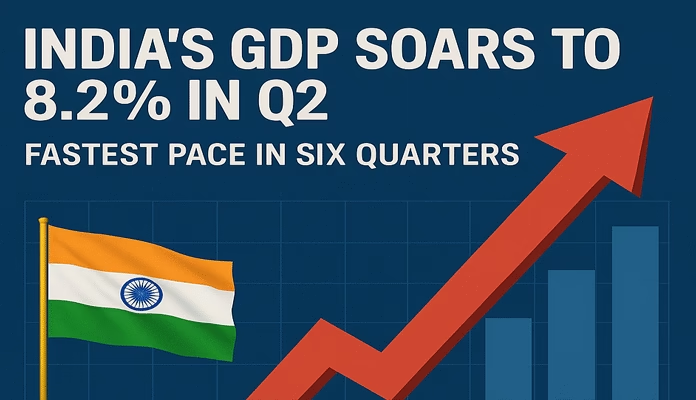
US to Bear the Brunt of Trump’s Tariffs on India: Rising Prices, Inflation, and Supply Chain Worries
by Ashis Sinha
 The economic fallout from President Donald Trump’s tariffs on Indian goods is beginning to ripple across the United States. In 2024, the US imported more than $85 billion worth of goods from India, and nearly two-thirds of the country’s largest corporations have operations there. While Indian exporters face the immediate impact, American consumers and businesses are also likely to feel the pinch.
The economic fallout from President Donald Trump’s tariffs on Indian goods is beginning to ripple across the United States. In 2024, the US imported more than $85 billion worth of goods from India, and nearly two-thirds of the country’s largest corporations have operations there. While Indian exporters face the immediate impact, American consumers and businesses are also likely to feel the pinch.
Consumer Prices on the Rise
One of the first visible effects will be higher prices on everyday goods. American companies will pass on the extra import duties to customers, making Indian products more expensive. Items such as textiles, gems, seafood, leather footwear, and handicrafts are expected to see sharp price hikes. A July study by Yale University suggests that tariffs on allies like India and South Korea could cost the average American household around $2,400 in lost income. Yale researchers noted that the effective tariff rate of 18.4% on affected products is the highest in the US since the 1930s.
Inflation Pressures Mounting
Experts warn that the tariffs could push inflation higher. According to the State Bank of India (SBI), US GDP growth may fall by 40–50 basis points due to the new duties. Rising input costs and currency fluctuations could keep inflation above the Federal Reserve’s 2% target through 2026. The report also warns that if tariffs extend to all $45 billion of Indian shipments, India’s trade surplus with the US could flip into a deficit.
Supply Chain Disruptions Loom
India is a key supplier of pharmaceuticals, chemicals, and IT services. High tariffs risk disrupting the supply of these critical goods, increasing costs and slowing production in the US. While companies may try sourcing from other countries, replicating India’s scale and reliability is no simple task, creating long-term challenges for American supply chains.
Seafood and Textile Sectors Under Pressure
Indian shrimp and textiles, vital to US imports, are particularly vulnerable. Shrimp farmers in Andhra Pradesh are already feeling the squeeze. While American companies may explore alternative suppliers, limited production capacity elsewhere could lead to higher costs for US consumers.
Healthcare and IT Sectors Could Suffer
India provides 36% of US-imported pharmaceuticals. Any expansion of tariffs could drive up drug prices, putting pressure on insurance and public health budgets. Similarly, IT services and back-office operations from India could become more expensive, affecting American companies reliant on outsourcing.
Trade Retaliation and Geopolitical Shifts
India has chosen to pursue trade talks rather than immediate retaliation but has formally informed the WTO of its right to respond. Plans are in motion to impose counter-tariffs on US autos and parts, worth up to $725 million. Strategically, India is strengthening ties with countries like Russia, China, and Brazil, signaling a move away from US-centric trade relationships—a development that could challenge American foreign policy priorities.
The Trump-era tariffs demonstrate that while the goal may have been to pressure India, the consequences extend to American households, businesses, and critical supply chains.



